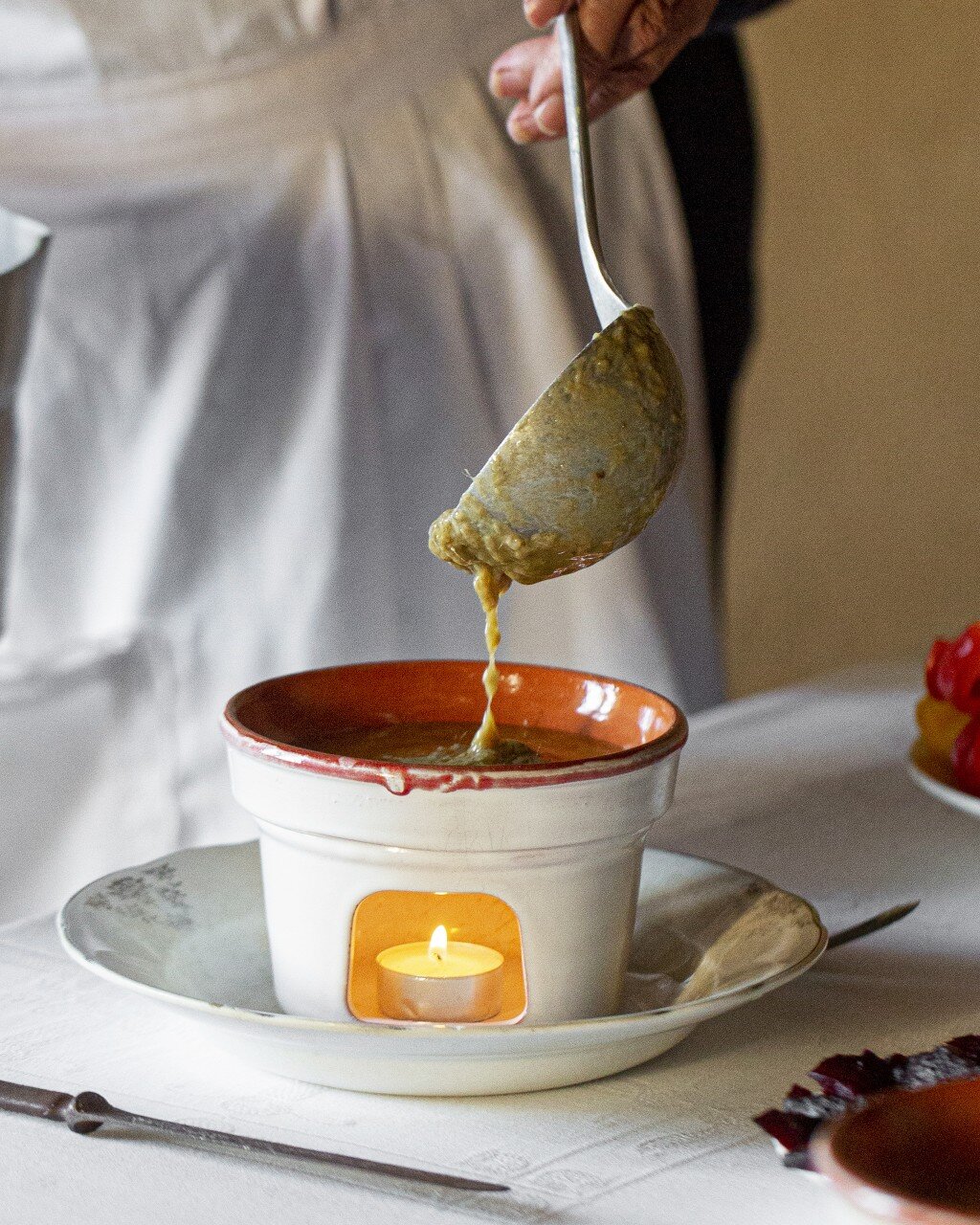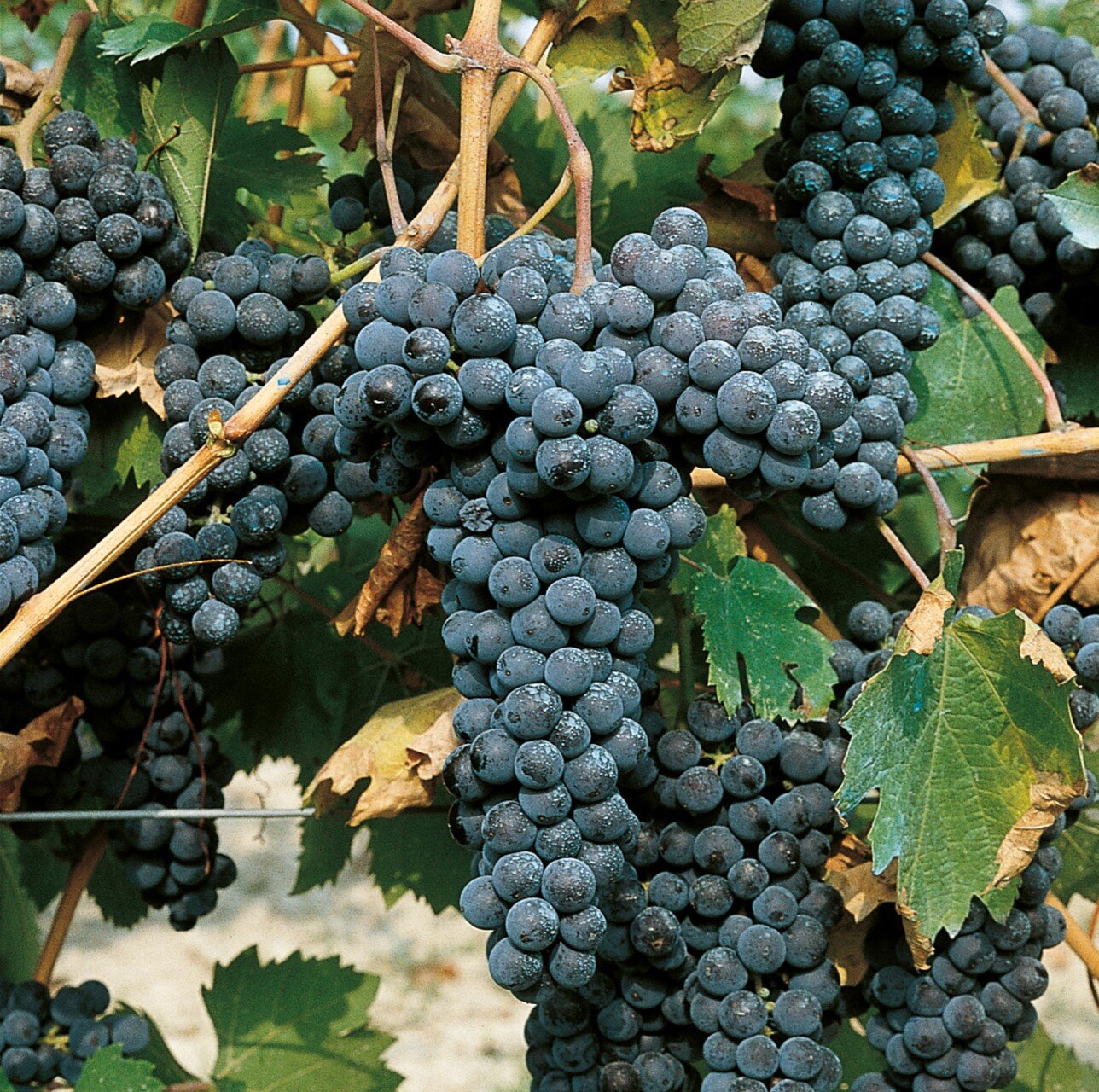Grown exclusively in Monferrato, Ruchè is a rare and ancient red grape vine native of Piedmont. Its origins are uncertain, but it is assumed that it comes from Burgundy, imported in the eighteenth century by monks who planted some clusters near the former convent of San Rocco. Another theory instead, suggests that the grape arrived to the hills of Castagnole Monferrato long before, but both theories lack certainty, as there is no documentation dating back to any era. For a long time Ruchè was forgotten and it was rediscovered in the 1980s by Don Giacomo Cauda, winemaker of Castagnole Monferrato, a pastor who relaunched its cultivation, experimenting with pure vinification. Today it is cultivated only in the town of Castagnole Monferrato and six surrounding municipalities, for a total of 103 hectares. It is a vine that loves calcareous soils, dry and well-exposed, presenting a good resistance to drought and to some viral infections. It appears to owe its name to its exceptional resistance to a disease known locally as "roncet", although a second unproven theory links it to the rocky and inaccessible terrain on which it is grown.
RUCHÉ GRAPE
Berry colour: black.Productivity: good, but not always constant.
Leaf: medium-small, often three-lobed or rarely five-lobed, with a poorly developed middle lobe, smooth.
Bunch: elongated, cylindrical or pyramidal, winged and sometimes composed, small grapes, nearly round, abundantly pruinose (the bloom is a waxy substance responsible for the visible white film on the grape skin).
Ripening: end of September or beginning of October.
Wines: Ruché di Castagnole Monferrato Docg.



